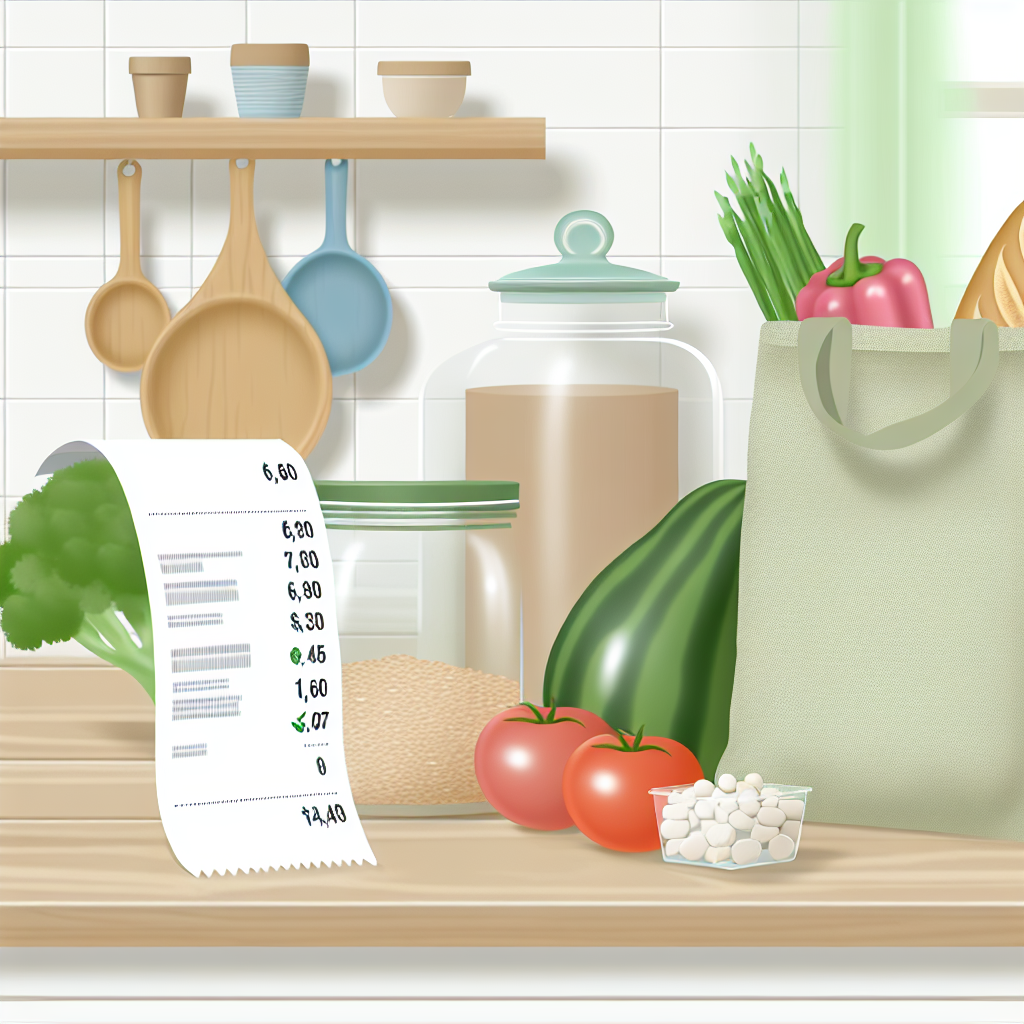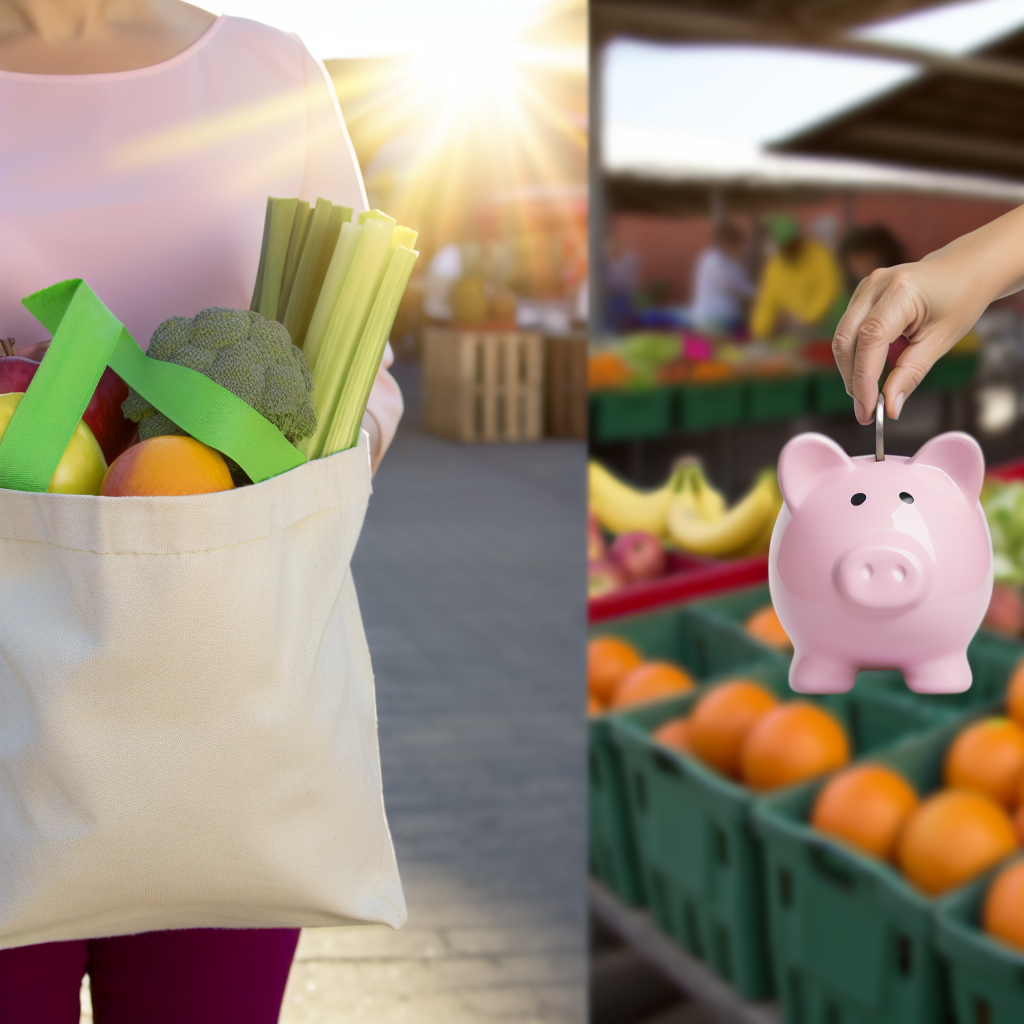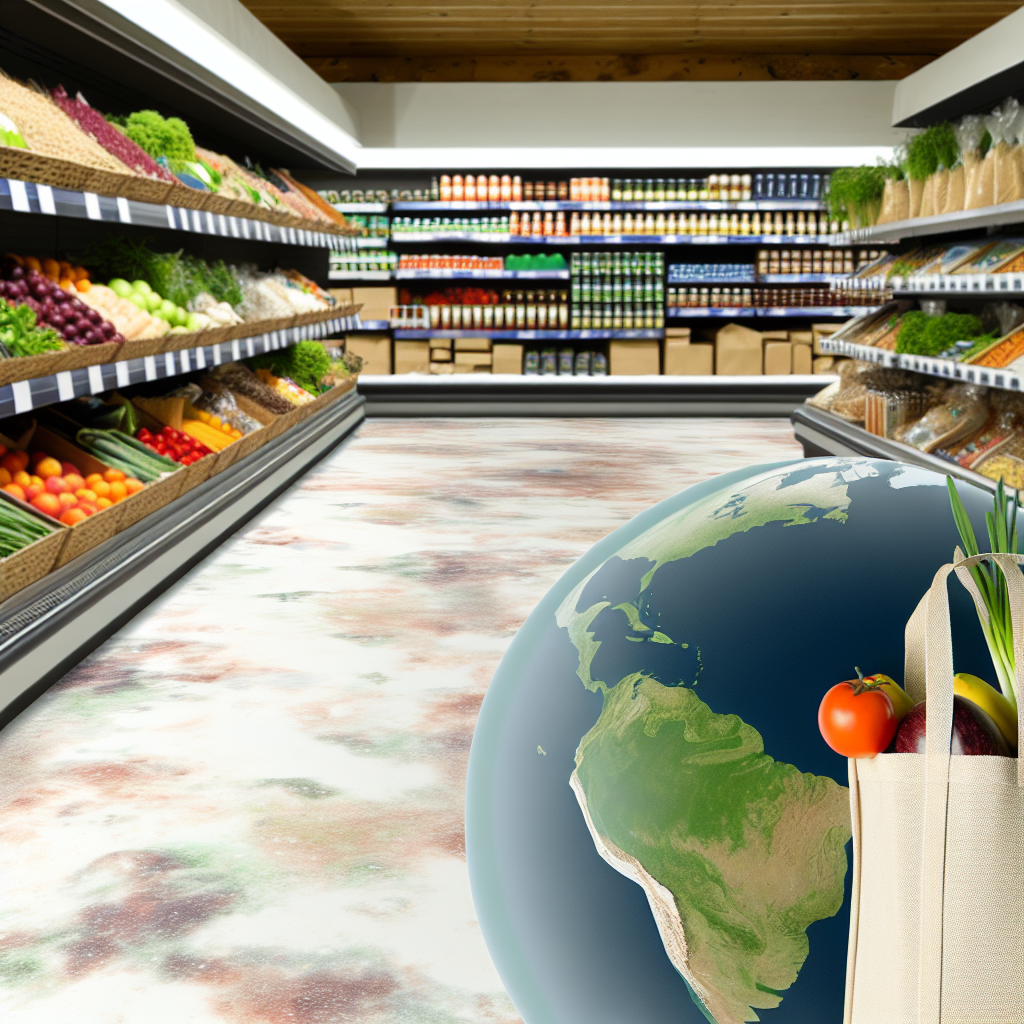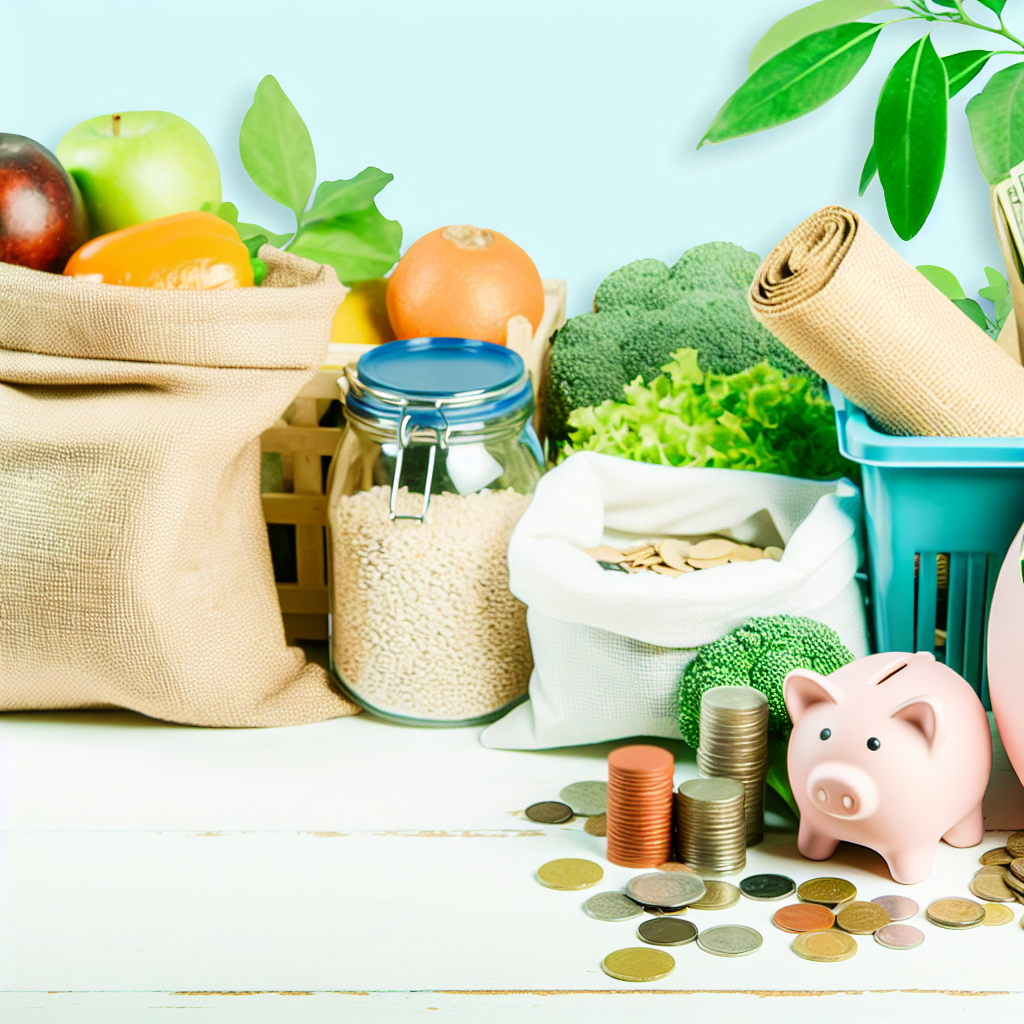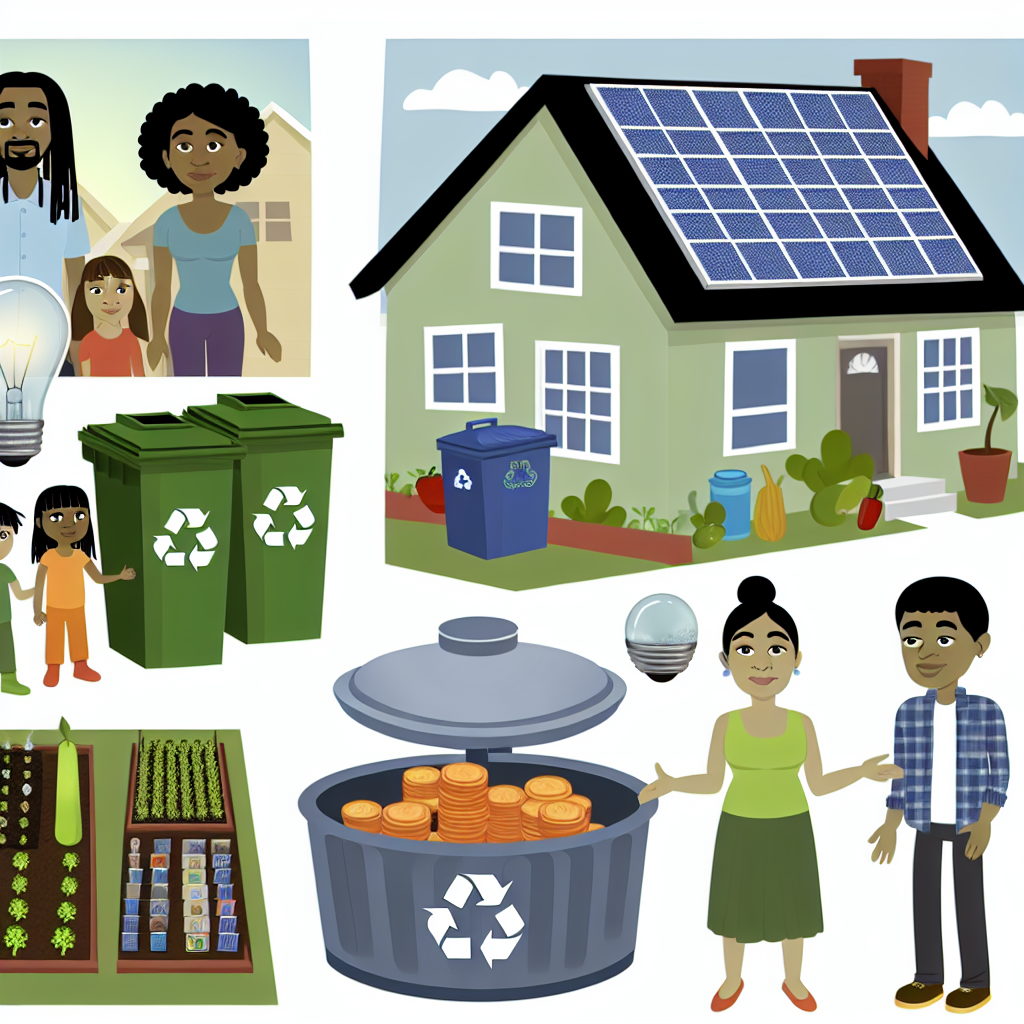10 Fun Ways to Save Money on Groceries and Help the Planet
Introduction
Hey there, planet-saving superheroes and smart shoppers! Welcome to Frugal Zeitgeist, where we believe you can help the Earth and save money at the same time. These days, grocery prices can feel as high as a mountain, but don’t worry! You can live a green life without spending too much. Actually, going green can save you money, too. So, get ready as we explore ten fun ways to cut your grocery bill while helping the planet. Spoiler: You’ll be the hero of your own eco-friendly story!
1. Plan Meals in Advance
First up, the secret weapon of savvy shoppers: meal planning. Planning your meals in advance helps you avoid the “there’s nothing to eat at home” trap that leads to takeout. It also helps stop food waste. By planning your meals around seasonal and discounted items, you can save both the planet and your money like a pro.
- Step 1: Set aside time each week to plan your meals.
- Step 2: Find recipes using seasonal or discounted items.
- Step 3: Use apps like Mealime or Yummly to make planning easy.
2. Eat More Plant-Based Meals
Eating more plant-based meals is great for the planet and your wallet! Meatless meals can be exciting. Think tasty veggie stir-fries or yummy lentil soups.
- Try: Chickpea curry, black bean tacos, or mushroom risotto.
- Tip: Buy seasonal produce at cheaper prices.
- Hack: Check out local farms for CSA (Community Supported Agriculture) boxes, which give you fresh, local veggies.
3. Buy in Bulk
Buying in bulk is like having a secret trick up your sleeve. It reduces packaging waste and helps you beat rising prices.
- Staples to stock up on: Rice, oats, nuts, and beans.
- Storage Tips: Use airtight containers to keep food fresh and pests away.
- Pro-Tip: Find zero-waste stores where you can bring your own containers!
4. Shop at Farmers Markets
Farmers markets aren’t just for taking cool photos; they’re the best for getting fresh, affordable produce. Plus, you support local farmers who love their land.
- Strategy: Go there just before closing for discounts on items that need to be sold.
- Pro-Tip: Get to know your local farmers. Being loyal might get you discounts.
- Bonus: Buying locally grown produce lowers your carbon footprint.
5. Take on a “No-Waste” Challenge
Let’s chant our “no-waste” mantra. Use leftovers creatively and turn your kitchen into a no-waste paradise!
- Creative Uses: Turn leftover veggies into a frittata or stir-fry.
- Make Goodies: Create stocks or broths from vegetable scraps.
- Garden Gold: Start composting food scraps to help the environment.
6. Grow Your Own Food
Imagine picking fresh herbs right from your windowsill. It’s a dream come true! With a home garden, you can save the planet one tomato plant at a time.
- Easy Crops: Try growing tomatoes, basil, and lettuce first.
- Small Space Solutions: Use containers or vertical gardens if space is limited.
- Connect and Grow: Join community gardens or contests in your area.
7. Make Your Own Cleaning Products
Some heroes don’t wear capes—they use vinegar and baking soda! You can make cleaning solutions with these kitchen staples without spending too much.
- All-Purpose Cleaner: Mix water, vinegar, and a few drops of essential oil.
- Scrub Magic: Mix baking soda and water to clean surfaces.
- Eco-Win: Using fewer chemicals means less pollution in rivers.
8. Reuse and Recycle Packaging
Your soup can or pickle jar? They could become cool storage containers. Turning old items into new ones is fun and saves money.
- Upcycle Ideas: Use jars for storing grains or make candles.
- Smart Shopping: Bring reusable bags or containers when you shop.
- Join In: Take part in local store recycling programs.
9. Choose Store Brands
Who doesn’t love a deal? Choosing store brands instead of name brands saves money and often offers eco-friendly choices.
- Cost Check: Store brands are usually cheaper yet just as good.
- Look for Labels: Find out if they are eco-friendly.
- Research: Some store brands work with sustainability groups for hidden perks.
10. Shop with a List and Stick to It
Shopping lists aren’t old-fashioned; they’re your action plan. They’re promises to yourself and your budget—stick to them!
- Prepare Smartly: Make your list based on your weekly meal plan and budget.
- Stay Focused: Don’t buy extras from tempting sales—stay on track!
- Flexible Choices: Substitute with affordable eco-friendly options if needed.
Conclusion
And there it is! Cutting your grocery bill while giving Earth a big hug isn’t just a story. With some creativity and determination, you can live sustainably without spending too much.
Call to Action
Do you have your own tips? We’d love to hear from you! Share your ideas in the comments below. Let’s make saving the planet and money the new normal. Until next time, happy Earth-saving and penny-pinching!
At Frugal Zeitgeist, we’re all about living smart and saving green. 🌍💚🤑
